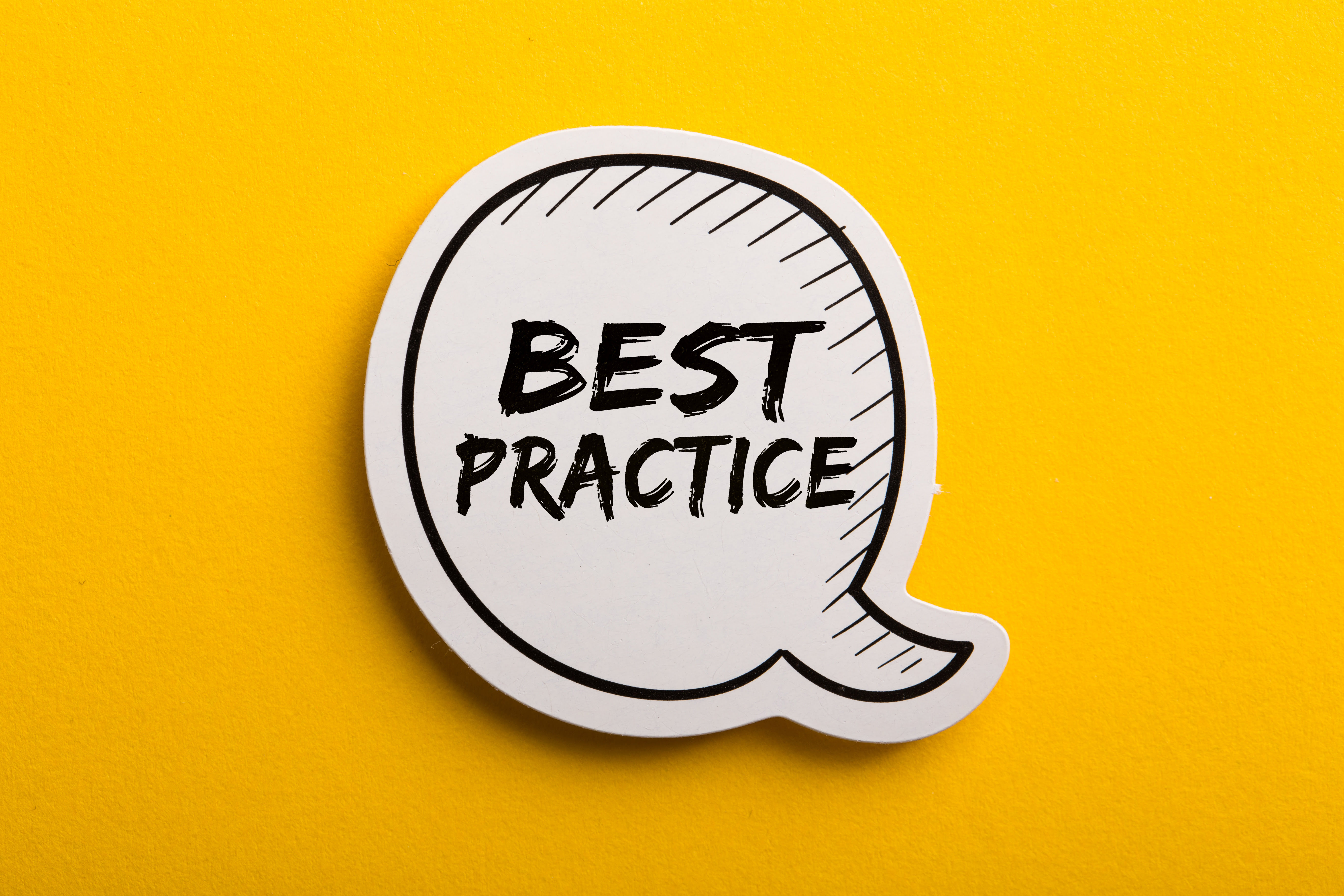Unlocking the Power of Third Party Apps: A Guide to Best Practices and Beyond

Third-party apps have become indispensable tools for businesses. From enhancing functionality to streamlining operations, these apps offer a wide array of benefits. However, with convenience comes responsibility. Ensuring the security and privacy of your organization's data while using third-party apps requires a strategic approach. In this article, we'll explore best practices that can help you navigate the complex landscape of third-party app usage.
1. Vet the App's Reputation and Trustworthiness
Before integrating a third-party app into your ecosystem, thoroughly research its reputation and track record. Look for user reviews, ratings, and any history of security incidents. Trusted sources, such as app stores and cybersecurity forums, can provide valuable insights into an app's credibility.
2. Evaluate Data Handling Practices
Assess how the app handles data, both in transit and at rest. Does it encrypt data? Does it adhere to data retention policies? Ensure that the app aligns with your organization's security standards and compliance requirements.
3. Review Permissions and Access
Scrutinize the permissions the app requests. Avoid granting excessive access to sensitive data or functionalities that are unrelated to its intended purpose. Opt for apps that offer granular permission settings.
4. Regularly Update and Patch
Choose apps that have a history of regular updates and patches. Outdated software can contain vulnerabilities that hackers can exploit. Regular updates indicate an app's commitment to security.
5. Enable Multi-Factor Authentication (MFA)
If the app offers multi-factor authentication, enable it. MFA adds an extra layer of security, making it significantly harder for unauthorized users to access your data.
6. Monitor App Activity
Implement robust monitoring tools to keep an eye on app activity. Unusual patterns or unauthorized access attempts can be detected early, minimizing potential damage.
7. Check for Compliance
Verify that the app complies with relevant data protection regulations, such as GDPR or CCPA. Using non-compliant apps can lead to legal and reputational consequences.
8. Read the Privacy Policy
Review the app's privacy policy to understand how it collects, stores, and uses data. Be cautious of apps with vague or overly permissive privacy policies.
9. Manage API Secrets and Permissions
When integrating third-party apps, ensure that API secrets, tokens, and keys are stored securely. Implement proper access controls to restrict who can access these credentials. Regularly rotate secrets to mitigate the risk of unauthorized access.
10. Handle Sensitive Data with Care
Be cautious when sending sensitive data to third-party apps. Ensure that data is encrypted during transit and that the app follows best practices for data security. Limit the data you share to only what is necessary for the app's functionality.
11. Have a Clear Offboarding Process
Plan for the scenario where you no longer need the app. Ensure that you have a process in place to revoke its access and delete any associated data.
12. Create a Third-Party App Policy
Develop a clear internal policy that outlines the criteria for evaluating and integrating third-party apps. Educate your team about the policy to ensure consistent adherence.
13. Educate Your Team
Train your employees on the risks and best practices associated with third-party app usage. Encourage them to report any suspicious activity promptly.
14. Regularly Assess Risk
Periodically reevaluate the apps you're using. As technology evolves, new vulnerabilities may emerge. Stay proactive in identifying and addressing potential risks.
In conclusion, third-party apps can undoubtedly enhance your organization's capabilities, but their usage demands careful consideration. By adhering to these best practices, you can harness the benefits of third-party apps while safeguarding your data and maintaining the highest level of security.